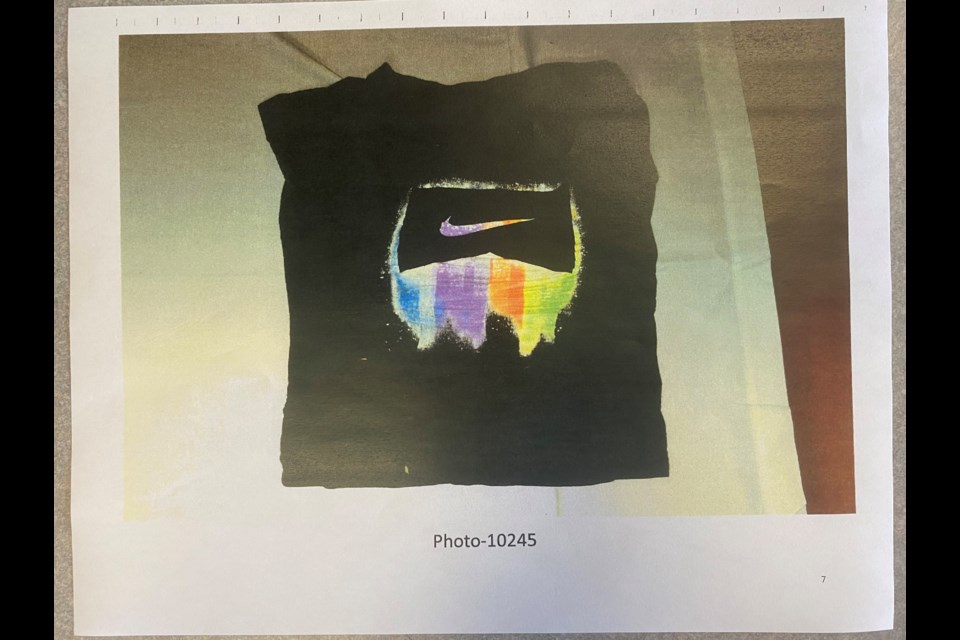A DNA expert testifying at the trial of a man accused of murdering a 13-year-old Burnaby girl six years ago was questioned about why the RCMP lab didn’t test the girl’s underwear and shorts for DNA.
Christine Crossman, a scientist with RCMP Forensic Laboratory Services in Surrey, was under cross-examination at the trial of Ibrahim Ali Friday.
Ali is accused of first-degree murder in the death of the girl, whose body was found in Central Park on July 19, 2017, less than two hours after her family reported her missing at about 11 p.m. on July 18, 2017.
Ali has pleaded not guilty.
The victim cannot be identified because of a publication ban.
The young teen was found in the park with her underwear and jean shorts pulled down and her black T-shirt pulled up, according to testimony earlier in the trial.
All those clothing items were seized by police at autopsy and submitted to the RCMP lab, but they were never analyzed for DNA, according to Crossman’s testimony.
“So it would be fair to say, presently, you have no clue whose DNA, first of all, if there is any DNA on the jean shorts and underwear and, secondly, whose it would be?” asked Ali's defence attorney Kevin McCullough.
“Those items were not examined,” Crossman said.
(In her direct testimony, Crossman said there had been no need to analyze the clothing because an unknown male profile had already been identified on three other exhibits. "That was, based on the summary, the evidence that was being looked for," she said.)
Several of McCullough’s questions highlighted the lab’s conclusion that Ali’s DNA was found only in the girl’s vagina and anus, and nowhere else on her body.
Crossman had testified that trace male DNA was found under one of her fingernails, but it was insufficient to create a profile to compare with other samples.
“You weren’t able to test it and connect it to Mr. Ali; it just remains this male component DNA?” McCullough asked.
“It was at a low level so not suitable for comparison,” Crossman said.
Crossman also said DNA could not be used to create a timeline of events, to which McCullough said: “Scientifically, you have no clue when the DNA that you analyzed and said matched from the vagina and the anus was deposited in the deceased?”
“Scientifically, we cannot make that determination,” Crossman said.
The Crown's theory is that Ali and the girl were strangers to one another and that he attacked her on a trail in Central Park, dragged her into the forest and strangled her to death while sexually assaulting her.
Ali’s lawyers have not revealed their theory of what happened, but questions put to Crossman during cross-examination hinted at a possible scenario.
Crossman had told McCullough that she doesn’t investigate homicides but simply analyzes samples submitted to the lab.
“You don’t say, for example, when you’re doing your analysis, ‘I wonder if the person that had either forced sex or sex with the dead person is actually the one that killed her.’ You don’t do that as part of your analysis as a scientist, is that fair?”
“That has nothing to do with what I do,” Crossman said.
Crossman’s cross-examination ended Friday morning, wrapping up the Crown’s DNA testimony.
Follow Cornelia Naylor on Twitter @CorNaylor
Email [email protected]





